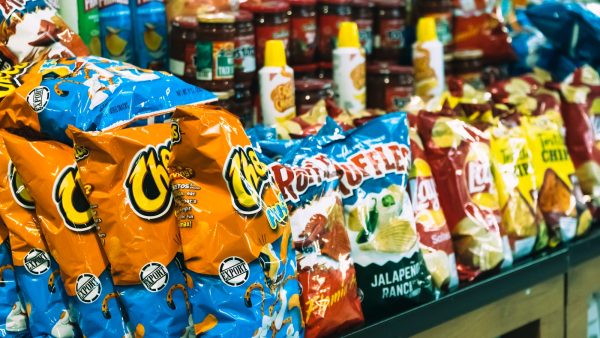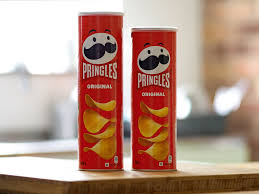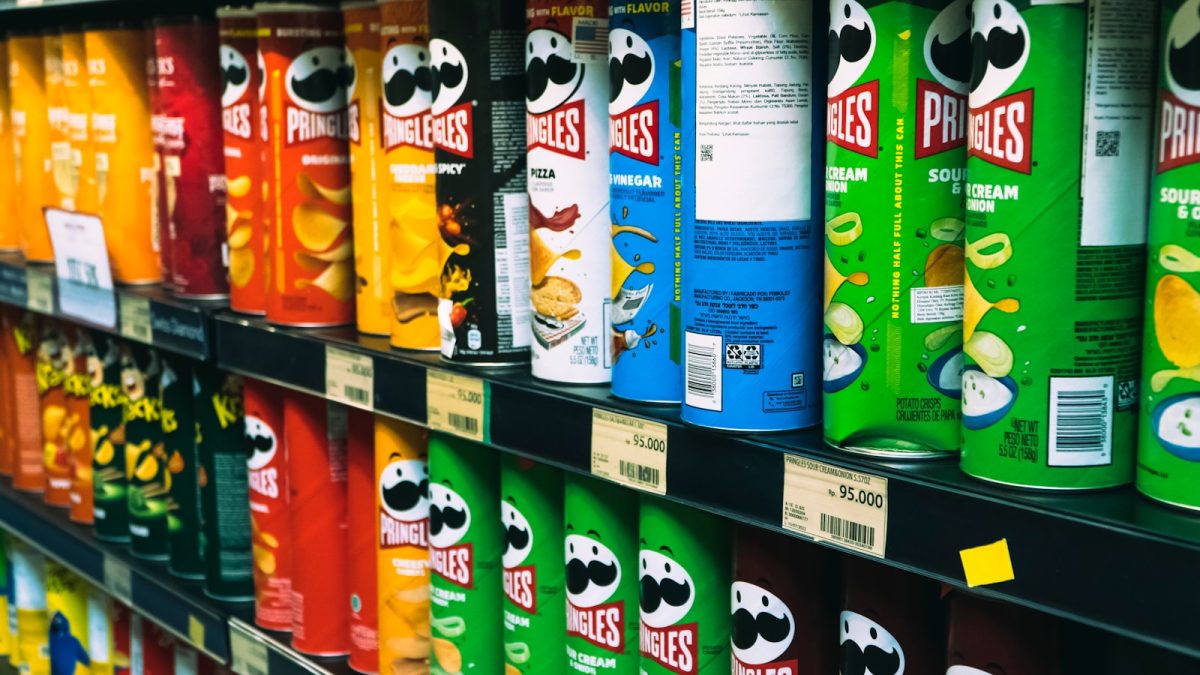After shopping, you find yourself eating a bag of chips, only to find that there’s less than usual. That chocolate bar you bought earlier took a few bites less to eat. It’s not just food, too. Once you get home, your toilet paper has seemed to run out in a single day. That tube of toothpaste you bought a few days ago is almost empty. What’s the matter? Are the things we’re buying getting smaller?
Yes, they are.
Deceptive Tactics
What’s happening is shrinkflation. Shrinkflation is when a product gets smaller in some way, but retains the same price. Companies use this to save money. If the cost of an ingredient, say cocoa, goes up in price, shrinking the product will mean that they have to use less cocoa, saving money.
Well, saying “saving money” is a little too generous. Companies are trying to maximize profits with this method.

So why are companies decreasing their products, rather than increasing the price? Well, increasing the price will be too noticeable of a change. On the other hand, shrinking the product slowly will slip past most people, even regular consumers. No one will notice the weight of the product change. No one will care about there being 2 less potato chips than before.
And even if it’s just 2 chips, that’s still going to add up. If 1,000 people buy that bag of chips, that’s 2,000 chips saved.
Unfortunately, this has been happening a lot in the real world.
The Reality
We may have been fooled many times by shrinkflation, but there are many examples where we decided to call out companies for this practice.
The following video has B. J. Novak call out Cadbury for shrinking their chocolate eggs. Keep in mind that this was in 2007. Think about what changes in size they would have made now.

There are countless instances of shrinkflation at work. According to Mary Mesienzahi and Grace Dean at Business Insider, in 2022:
- Bounty has 18 less sheets than before
- Cadbury (once again) rounded the corners of their dairy milk chocolate bars
- Reese’s cups have been reduced by 0.1 of an ounce
- Gatorade’s bottles have been reduced by 4 ounces
- General Mills reduced the size of all their family size boxes by 1.2 ounces
- Lays Classic chips have been reduced by 2.25 ounces
While it feels like we have no control over these changes, there is some hope.
In 2016, Toblerone increased the spaces between the triangles of the chocolate. They were called out on the internet. Additionally, it went viral everywhere. This caused the company to revert the changes in size.
Spotting The Difference
So, is there any way to figure out if you’re being cheated out of your money or not? Yes!

One way is to look at the unit price. If you go to buy some beef from a butcher, you may see something like “$20 per pound”. That’s the unit price for that product. In grocery stores, you may see a unit price tag under the actual price tag. Looking and comparing unit price tags between products can help you find the one with better value, even if the actual price itself is the same.
Another way is to look for changes in packaging. If a product has a “new look”, then it’s most likely there to distract you from shrinkflation. Products may also be made taller to look like there’s actually more than before. Indents in the bottom of the packaging makes shrinkflation completely invisible on the shelf.
Reversing The Changes
Earlier in 2024, a bill was passed. It’s called the Shrinkflation Prevention Act, and could help us stop shrinkflation once and for all.
According to congress.gov, it says it will “direct the Federal Trade Commission to issue regulations to establish shrinkflation as an unfair or deceptive act or practice, and for other purposes.” Basically, the FTC will hold companies using shrinkflation accountable.
Our food may shrink, but our hope shouldn’t.
RELATED STORIES:
https://www.investopedia.com/terms/s/shrinkflation.asp
https://www.nytimes.com/2024/03/01/business/economy/shrinkflation-groceries.html
TAKE ACTION:
Sign a petition to stop shrinkflation: https://act.citizen.org/page/65186/petition/1?locale=en-US



